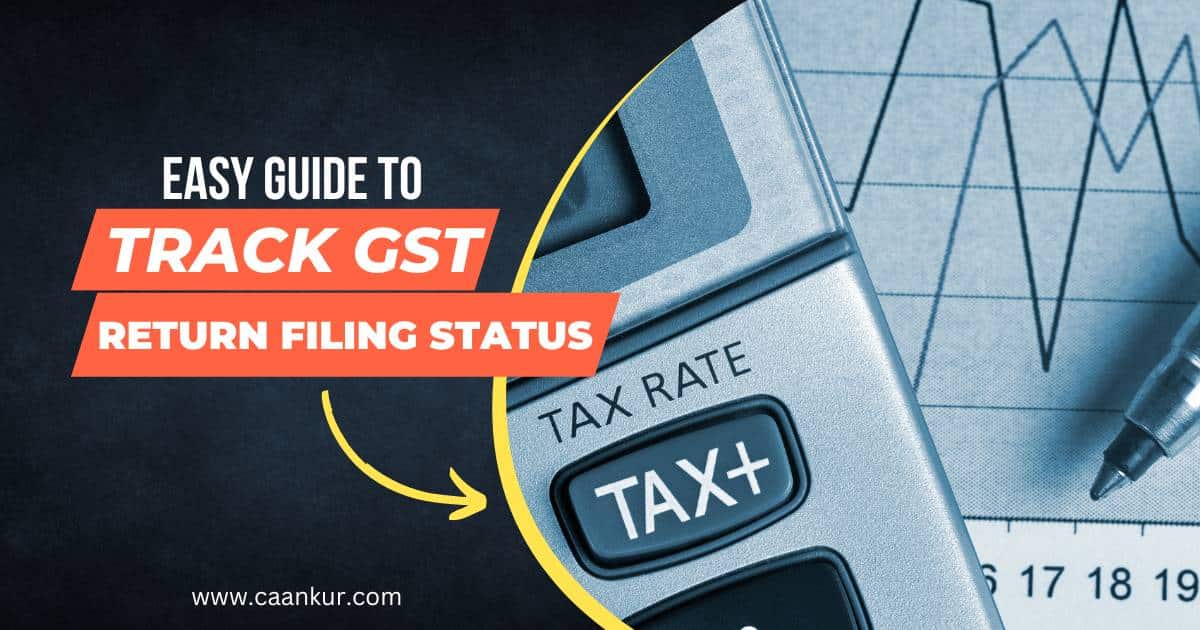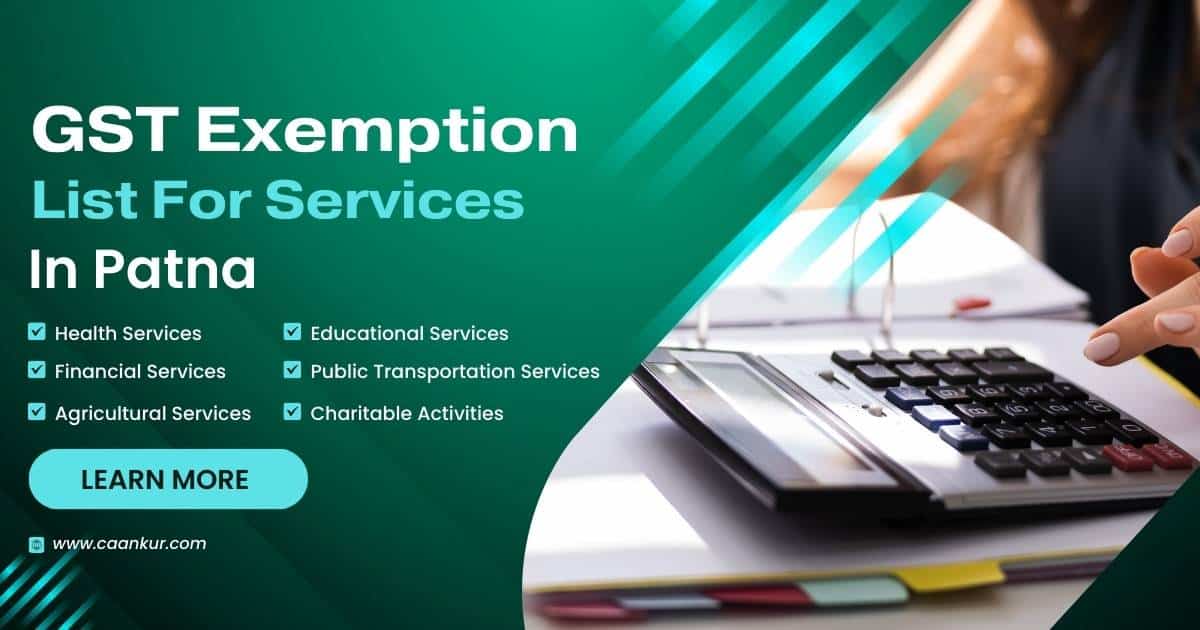Taxes are an important part of business entities in India, and after the introduction of GST, it becomes much more important that you understand the GST filing process. In this GST era, things have become easier for businesses because of the unification of multiple indirect taxes. But still, GST filing can be a tough task for businesses. Regardless of the nature of your business – trader, manufacturer, reseller, or service provider – GST return filing has become an online necessity. Therefore, it is advised that you follow a step-by-step process for proper GST return filing in India. Either, you can have GST filing experts help you out or you can understand the below process which we have created for you.
How To File GST Return? Follow these steps.
Step 1: Register Your GSTIN
If you are a new business entity or still you don’t have registered for GST, you must first register yourself and obtain a GSTIN. Once you register, the government will provide you with a 15-digit identification number for your business. This number is based on the state code of operation and the PAN number of your company.
Step 2: Log in to the Goods & Services Tax Portal
Once you get your GSTIN, you are now can file for a return. And to do so, you need to log in to the GST portal, which you can find at the link https://www.gst.gov.in/. Use your username and password to log in and click on the section called “Services”
Step 3: Understand the Returns Dashboard
Now you will have an option by the name “Returns Dashboard”. Navigate through it by clicking on that, after which you have to choose the financial year for which you are going to file your GST return. You must select the correct one from the drop-down menu which becomes visible once you click on it.
Step 4: Opt for Online Preparation
Select the type of return you want to file. There are a few options given there for your preference, you must choose the ‘Prepare Online’ option for online GST return filing.
Step 5: Fill in the Necessary Details
Fill in all the necessary details in the provided fields. Any outstanding late fees should be included in your GST return details. Save and submit the form.
Step 6: Monitor Submission Status
Once you submit the GST return form, you need to wait and check the submission status. For successful submission, you will get the notification changed to ‘submitted’.
Step 7: Proceed with Tax Payment
Once the form has been submitted properly and the status has been updated to ‘submitted’ then the next step is to click on ‘Payment of Taxes’. Further, you have to click on the ‘Check Balance’ option. This will show the credit and cash balance on your GST.
Step 8: Offset Liability
Click ‘Offset Liability’ to complete your GST payment online. Ensure to check the necessary declaration boxes. Then click on ‘File Form with DSC’/’File Form with EVC’ and proceed with payment.
There are many GST return forms, and each form might have different or fewer steps than those mentioned above. More details can be found on the official GST website. To avoid errors during the filing process, consider getting help from GST filing experts.
Who Should File GST Returns in India?
Any taxable person engaged in trade, commerce, or other economic activities in India, as per the GST Act, must file GST returns. The list of eligible entities includes local authorities, LLP, HUF, individuals, cooperative societies, trusts, and AOP/BOI.
Every business under the GST regime is required to file GST returns. The filing frequency and due date depend on the annual turnover and business type. Businesses with an aggregate turnover of up to Rs. 5 crores can opt for the QRMP scheme and must file nine GST returns annually.
Businesses with an aggregate annual turnover above Rs. 5 crores or those not opting for the QRMP scheme must file twice monthly and one annual return, making it a total of 25 GST returns annually.





